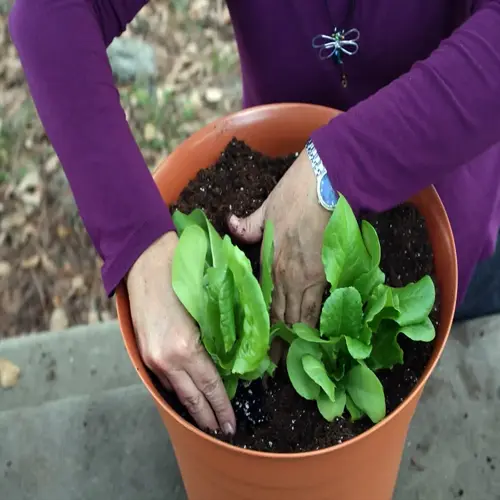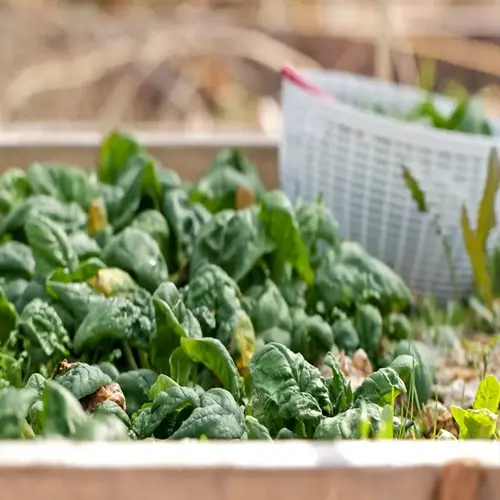Should radishes be started indoors?

Written by
Kiana Okafor
Reviewed by
Prof. Samuel Fitzgerald, Ph.D.Direct sowing radishes is always the best approach rather than starting them indoors. The fragile taproots of radishes are susceptible to transplant shock, which can result in deformities or stunted growth. It is best to plant seeds directly in the ground in the exact place where they will mature, protecting the roots. This way, you spare the seedling from the trauma that comes with the transplanting process.
Transplant Damage
- Root hairs tear during movement disrupting water absorption
- Taproot bending causes forked or twisted radishes
- Recovery period stalls growth by 7-10 days
Direct Sowing Benefits
- Roots develop naturally without stress or interruption
- Continuous growth achieves maturity faster
- Uniform shape and texture guaranteed
Direct sowing takes techniques. Plant seeds 0.5 inches deep in prepped soil. Space seeds 1-2 inches apart at first. Cover lightly with fine soil or vermiculite. Water very gently so you don't displace the seeds. Thin the seedlings later for perfect spacing.
Thinning is an alternative to transplanting. At 2 inches tall and with true leaves, use scissors to snip the extras at the soil level. Use a spacing of 3-4 inches for most varieties. This reduces root competition while not disturbing the other plants.
During my ten years of growing radishes, I attempted to start the seeds indoors only once, every transplanted seedling formed cracked or forked roots. The seeds sown directly in the bed grew perfectly straight. The visual difference really highlighted for me why direct sowing is preferred.
If indoor starts are necessary, use rapid-transfer systems. This means starting seeds in soil blocks rather than cell trays and transplanting them within 7 days, before their roots have circled the container. Try to maintain the soil integrity during the sampling process. Water immediately after transplanting to minimize shock.
Containers provide direct sowing options. Plant seeds in final pots or grow bags. Select deep containers for tap varieties, such as Daikon, that will be at least 12" deep. Drainage holes will work great and prevent root rot or waterlogged soil. This will be similar to a garden, with no transplant shock.
Read the full article: When to Plant Radishes: Expert Tips

